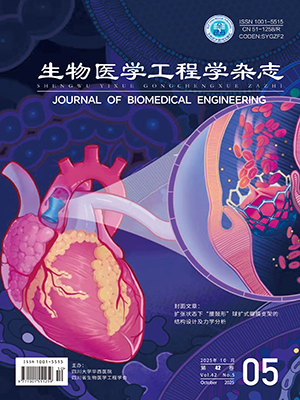Extraction uterine contraction signal from abdominal uterine electromyogram (EMG) signal is considered as the most promising method to replace the traditional tocodynamometer (TOCO) for detecting uterine contractions activity. The traditional root mean square (RMS) algorithm has only some limited values in canceling the impulsive noise. In our study, an improved algorithm for uterine EMG envelope extraction was proposed to overcome the problem. Firstly, in our experiment, zero-crossing detection method was used to separate the burst of uterine electrical activity from the raw uterine EMG signal. After processing the separated signals by employing two filtering windows which have different width, we used the traditional RMS algorithm to extract uterus EMG envelope. To assess the performance of the algorithm, the improved algorithm was compared with two existing intensity of uterine electromyogram (IEMG) extraction algorithms. The results showed that the improved algorithm was better than the traditional ones in eliminating impulsive noise present in the uterine EMG signal. The measurement sensitivity and positive predictive value (PPV) of the improved algorithm were 0.952 and 0.922, respectively, which were not only significantly higher than the corresponding values (0.859 and 0.847) of the first comparison algorithm, but also higher than the values (0.928 and 0.877) of the second comparison algorithm. Thus the new method is reliable and effective.
Citation: LUYaosheng, PANJie, CHENZhaoxia. An improved algorithm for electrohysterogram envelope extraction. Journal of Biomedical Engineering, 2017, 34(1): 92-98. doi: 10.7507/1001-5515.201605025 Copy
Copyright © the editorial department of Journal of Biomedical Engineering of West China Medical Publisher. All rights reserved




